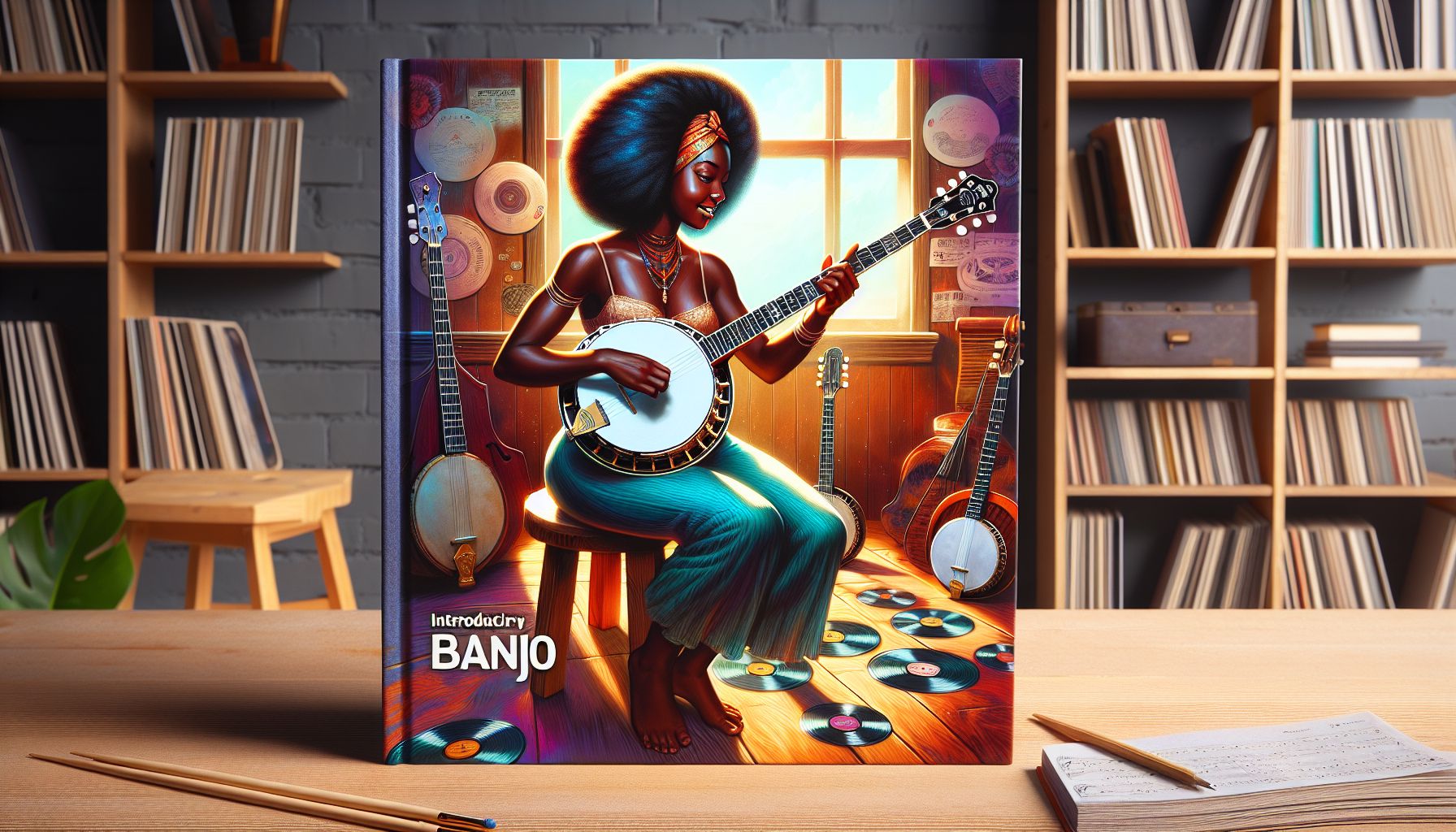Are you curious about the banjo? Maybe you’ve heard its unique twang in folk or bluegrass music and want to try playing it yourself. Well, you’re in luck! In this article, we will explore the wonderful world of banjo playing, particularly the 5-string banjo, providing you with all the information you need to get started on this exciting musical journey. So, let’s dive right in!
What is a Banjo?
The banjo is a stringed musical instrument, primarily associated with American folk and bluegrass music. It has a circular body, a long neck, and typically features four or five strings. The 5-string banjo, as the name suggests, has an additional shorter fifth string that runs alongside the longer neck of the instrument. This fifth string adds an extra dimension to the sound, giving the banjo its distinctive twang.
Different Styles of Banjos
Banjos come in various styles, each with its own characteristics and specific playing techniques. The most common styles of banjo include:
-
Open-Back Banjo: This style of banjo has an open back, allowing the sound to resonate more freely. It is often associated with old-timey and traditional Appalachian music.
-
Resonator Banjo: Also known as a bluegrass banjo, it features a resonator on the back of the instrument. This resonator projects the sound forward, giving it a louder and more focused tone. Resonator banjos are commonly used in bluegrass and country music.
Getting Started with the Banjo
Now that we have a basic understanding of what a banjo is and its various styles, it’s time to get the banjo into your hands and start playing! Here are a few steps to help you get started:
-
Choose the Right Banjo: If you’re a beginner, it’s advisable to start with a good-quality, affordable banjo. Look for a 5-string banjo that suits your budget and playing style. Visit a musical instrument store or check online to find the perfect banjo for you.
-
Learn the Basic Terminology: Before diving into playing, familiarize yourself with the basic banjo terminology. Understand the different parts of the banjo, such as the head, bridge, neck, and strings. This knowledge will help you follow along with instructional materials more effectively.
-
Tuning the Banjo: A properly tuned banjo is crucial to creating beautiful music. The most common tuning for a 5-string banjo is known as “G tuning” (gDGBD), with the strings tuned to the notes G, D, G, B, and D from low to high. Using an electronic tuner can make the tuning process easier, especially for beginners.
-
Learn Proper Playing Techniques: Learning proper banjo playing techniques is essential for progressing as a banjoist. This includes holding the banjo correctly, using the thumb and finger picks, and getting comfortable with chord shapes and scales. Online tutorials, instructional books, and even banjo lessons can help you grasp these techniques effectively.
-
Start with Basic Songs and Exercises: Begin your banjo journey by practicing simple songs and exercises. Look for beginner-friendly songs that use basic chords and picking patterns. There are plenty of resources available online, including tutorials and tablature, which indicate which strings to play and where to place your fingers.
Embracing the Banjo Journey
Learning any musical instrument requires patience, practice, and perseverance. The banjo is no exception. As you embark on this exciting journey, keep the following tips in mind:
-
Set a Regular Practice Routine: Consistency is key when learning to play the banjo. Set aside dedicated practice time each day, even if it’s just 15 minutes. Regular practice will help you build muscle memory and progress faster.
-
Listen to Banjo Music: Immerse yourself in banjo music by listening to various artists and genres. This will inspire and motivate you as you work towards achieving your banjo-playing goals.
-
Connect with Other Banjo Players: Join online banjo communities or local music groups to connect with fellow banjo enthusiasts. Sharing experiences, seeking guidance, and collaborating with others can be a great source of motivation and improvement.
-
Experiment and Have Fun: Don’t be afraid to experiment with different playing styles, genres, and techniques. The banjo is a versatile instrument with a wide range of possibilities, so let your creativity flow and have fun with it!
Conclusion
Congratulations! You’ve now acquainted yourself with the basics of banjo playing. Remember, progress takes time, so be patient with yourself and enjoy the process. Practice regularly, seek inspiration from banjo legends, and don’t hesitate to reach out to the banjo community for support. With dedication and passion, the banjo will soon become an integral part of your musical journey. So, embrace the strings, explore new melodies, and let the twang of the banjo take you on an incredible musical adventure!


